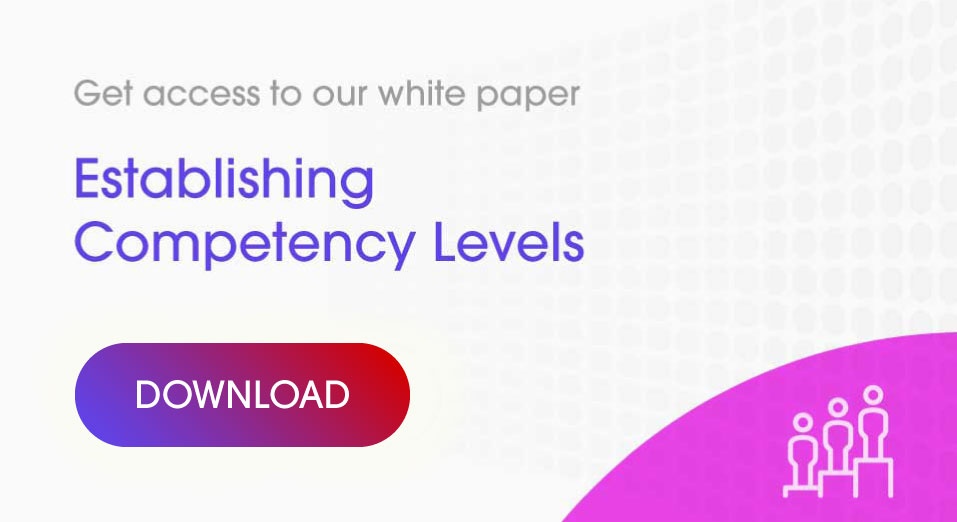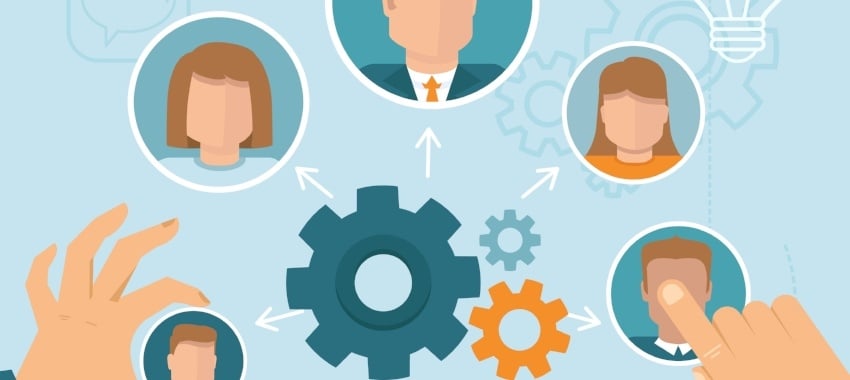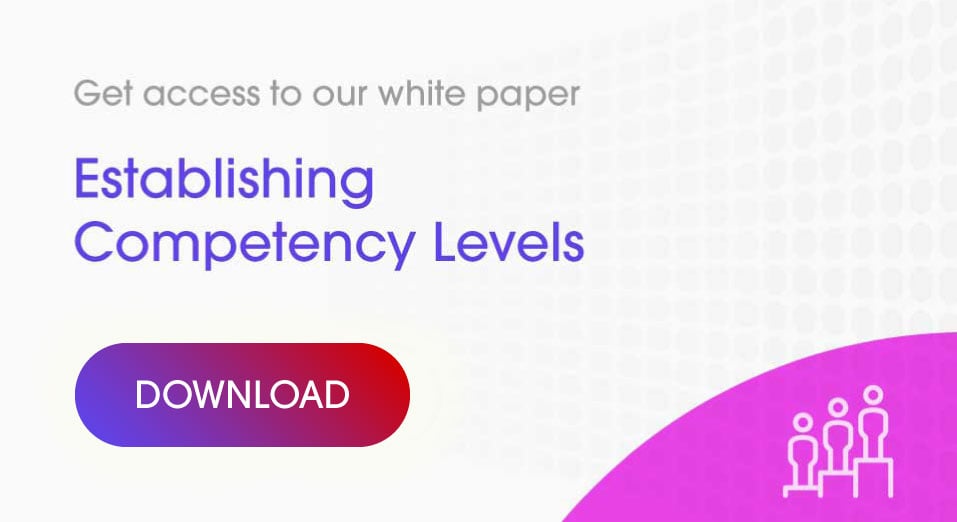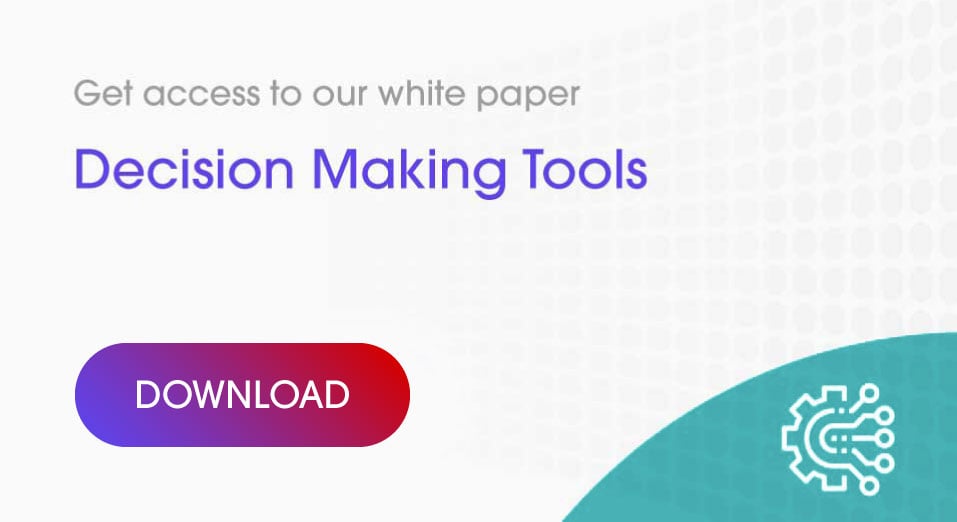Understanding how humans make decisions can help us better design robust go-to-market strategies. The intuitive part of our brain is a lot more powerful than our logical part, yet most pharma marketing strategies are based on the assumption that HCPs will make rational objective decisions after reading or hearing about our product or service. Thus, we crowd our marketing pieces with scientific and technical information about the relevant diseases and treatment options.
Meanwhile, the HCP will not be able to avoid making a biased decision.
Cognitive Biase
Do you fear loss twice as much as the joy of gain?
Don’t be alarmed as most of us do. Unfortunately, our day-to-day thinking process is riddled with systematic mistakes known to psychologists as cognitive biases. These biases affect everything we do. Due to these biases, we are impulsive and can be overly influenced by what other people think. These cognitive biases affect our opinions, our decisions and our beliefs. The scariest thing of all is that we usually have no idea it is happening.
Researchers Amos Tversky and Daniel Kahneman (1972) identified and named these self-sabotaging thought patterns as cognitive bias - a systematic error in our mental processing that causes us to often exercise poor or irrational judgment.
Leveraging What You Now Know
The good news is that in understanding these biases, it can help you in your everyday life, and also help you improve the effectiveness of your marketing campaigns. Skilled marketers who know how to use them, such as in digital ads and landing pages, will benefit from more conversions on call-to-action.
Instage.com outlines six cognitive biases that impact conversion rates in the digital space. The site also offers a copy of "10 Research-Backed Ways To Boost Conversion Rate With Psychology". Another well-known reference is the book ‘Nudge Improving Decisions About Health, Wealth and Happiness’ by Richard H. Thaler & Cass R Sunstein.
Following is a summary of the common 6 biases presented by Instapage to help improve the effectiveness of your digital marketing:
- The current moment bias - we all look to the future, but we really cannot imagine ourselves being in that future. This leads to poor choices. For example, we want to be thinner and healthier, but we don’t want to give up certain foods today. We want more money, but we do not want to sacrifice spending today to save for tomorrow. So right up front on the landing page, you must clearly show how the treatment or service will quickly benefit the HCP or patient n some way.
- The curse of knowledge - you know everything about your product and you are also the designer of the landing page. Therefore you will undoubtedly fall into the trap of making assumptions of what the visitor will know. You need to sell to those who do not know anything about your brand and also to those who have some knowledge or existing assumptions. To influence them, you will have to know what they want or need to know.
- Insensitivity to sample size - beware of false positives. The bigger the sample size, the more accurate your data will be. Gather data on your digital activities over a long period of time, not only immediately following your go-live date.
- The contrast effect - when we compare things, we do so with a reference point. The reference point used will affect our assumptions and decisions. For example, on your landing page, the call-to-action button: such as to register for a webinar or enrol in an education program, or even to request a rep visit; should stand out in comparison to the other content on the page to make it a no-brainer to click on it.
- The decoy effect - that is, strategically offering a third option to ‘nudge’ the visitor to make a choice between two other options (resulting in the one you want the prospect to choose being selected.) The key to succeeding with the decoy effect is making sure the third option is asymmetrical to the other two
- And lastly, the fear of loss over the joy of gain - our fear of loss is twice as strong and will make us choose a ‘sure thing’ over gaining more if there is an element of risk in the opportunity to gain. This is why the security of our sites and our visitor’s information, along with the safety and benefits messaging around our products are so powerful. Endorsements by KOLs or case studies will reassure the uninformed that the decision to choose your offer is a low risk.
Taking The Blinkers Off
Once you know about these biases, you will see them everywhere.
There are actually hundreds of biases to understand and through application, you can achieve immediate improvements in the effectiveness of your marketing efforts.
Image reference: "Cognitive bias cheat sheet – Better Humans". Better Humans. 2016-09-01. Retrieved 2017-12-17.

---
If you are interested in our mobile learning solutions on digital channels, contact Actando.
The Actando Consulting Team

.jpg?width=850&name=shutterstock_731158411(1).jpg)
.png?t=1518030348588)




.jpg?t=1497452758473&width=850&name=Untitled%20design%20(34).jpg)
.jpg?t=1497452758473&width=850&name=Untitled%20design%20(32).jpg)





